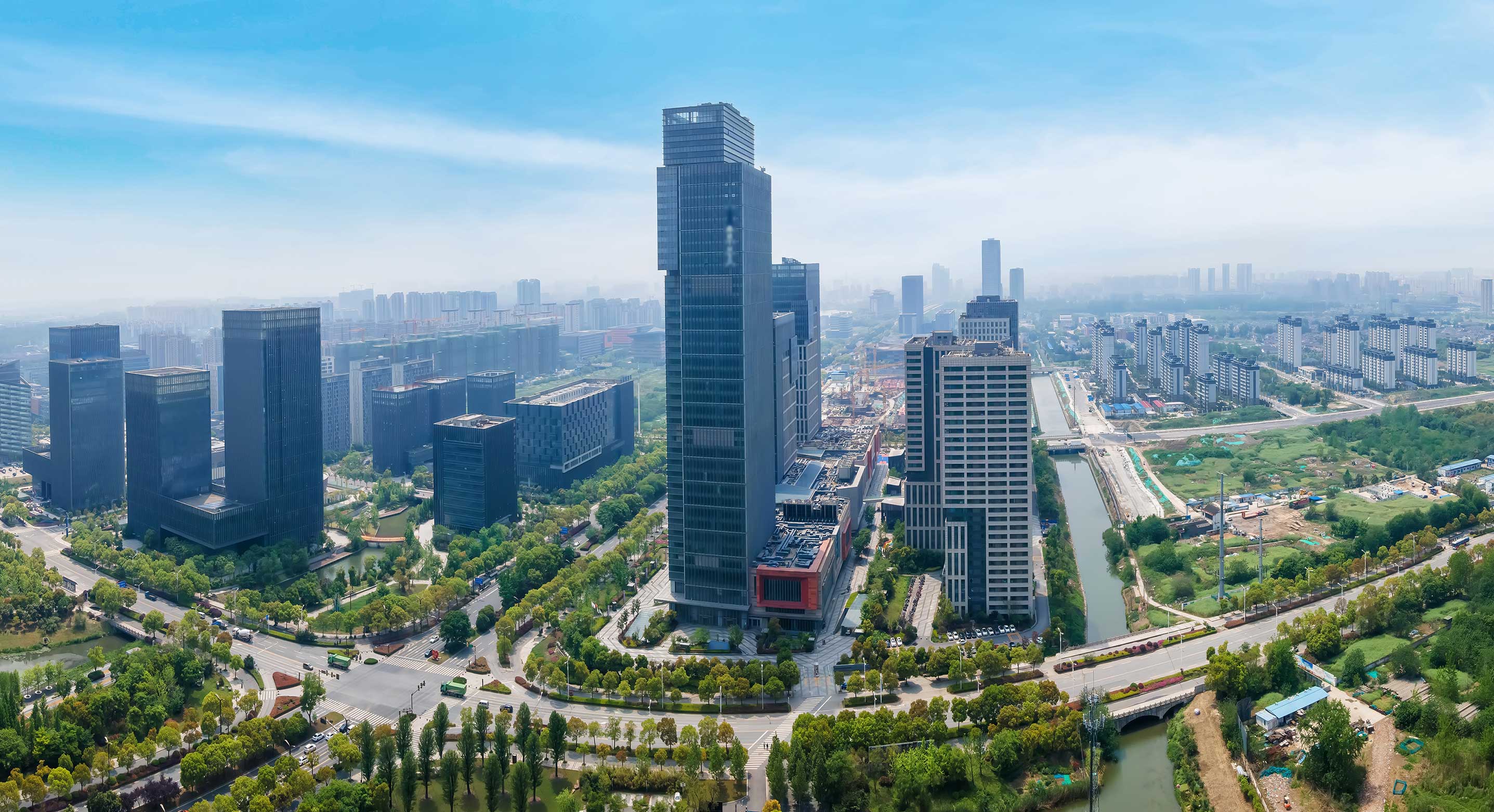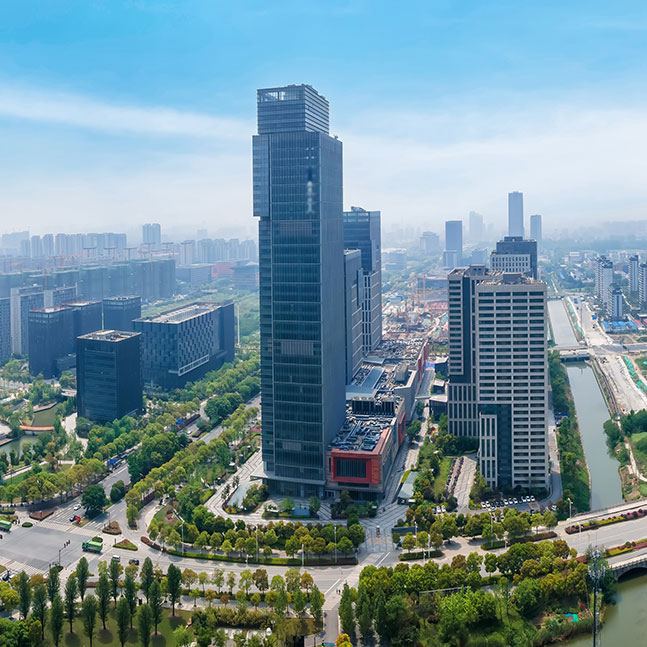News
The role of commercial real estate in shaping a sustainability-driven future
In the ever-evolving landscape of commercial real estate, a resounding call for sustainability reverberates more than ever. Amidst growing global concerns over climate change and the diminishing availability of resources, the construction industry finds itself at a pivotal crossroads. It now has a unique opportunity to lead a transformation towards environmentally responsible practices. Sustainable construction encompasses a comprehensive approach that addresses energy efficiency, resource optimization, and the well-being of occupants.
Efficiency through energy conservation
Central to this transformative endeavor lies a crucial strategy: the reduction of energy consumption and the efficient utilization of resources. Prioritizing energy-efficient building design and incorporating key features such as high-performance building envelope, HVAC systems, energy-efficient lighting, rooftop solar panels and procurement of green power can significantly reduce a building’s energy consumption, and, consequently, its GHG emission. Moreover, advanced technologies, such as variable frequency drives (VFDs) and Automatic Tube Cleaning (ATC) systems, are pivotal in achieving these objectives by curbing energy wastage and enhancing overall efficiency.
Optimizing resource usage
Efficiency in resource allocation encompasses more than just energy conservation. Cutting-edge technologies, including heat recovery systems, play a pivotal role by harnessing waste heat from exhaust air to condition incoming fresh air. This approach not only diminishes energy demands but also contributes to operational excellence and cost-effectiveness. The advent of smart building technologies has ushered in a new era for the real estate industry by providing real-time monitoring and optimization of energy utilization. By leveraging Internet of Things (IoT) sensors, data analytics, and automation systems, energy is managed judiciously, minimizing waste and associated costs. This data-driven approach not only trims energy expenses but also promotes a more sustainable and responsive real estate sector.
Sustainable upgrades and electric mobility
The commitment to sustainability extends beyond new construction projects to include the retrofitting or upgradation of existing buildings. In the pursuit of reshaping commercial real estate with sustainability at the core, innovation converges with eco-friendly practices. The incorporation of electric vehicle (EV) charging networks within ecosystems promotes environmentally responsible mobility, reduces carbon emissions, and enhances air quality. Moreover, implementing upgrades that conserve energy in older properties, such as enhanced HVAC systems and improved insulation, results in substantial reductions in emissions. This approach breathes fresh life into aging structures while significantly reducing their carbon footprint.
Effective management of construction waste
Construction and demolition activities yield substantial quantities of waste, including debris, materials, packaging, and more. When not managed properly, this waste can lead to severe environmental and economic consequences, from contributing to landfills to depleting natural resources and releasing harmful chemicals into the environment. Effective construction waste management can be achieved through thoughtful planning and the use of efficient materials to minimize waste. Additionally, promoting the reuse and recycling of materials, such as concrete and steel, is equally essential. Lastly, implementing waste segregation with dedicated bins for various waste types and maintaining detailed records of waste generation and disposal are necessary steps to ensure compliance with regulations.
Prioritizing well-being and safety
The well-being of occupants forms an essential pillar of sustainable construction. By integrating intelligent thermostats, sensor-driven lighting systems, and robust security measures into projects from the outset, we create environments that seamlessly align with the preferences and needs of occupants. This unwavering commitment ensures the foundation of a positive tenant experience.
Conclusion
The roadmap for sustainable construction practices signifies a profound shift in the industry’s ethos. By diminishing energy consumption, optimizing resource deployment, prioritizing occupant welfare, and upholding health and safety standards, the industry charts a course toward resilience and sustainable growth. These practices represent more than just guidelines; they point the way toward a brighter future. As they unfold, they reshape the industry’s trajectory, propelling it toward a horizon defined by sustainability, innovation, and holistic well-being. Through these practices, the construction industry acknowledges its role as a guardian of both the built environment and the world at large.
Source: Construction Week



